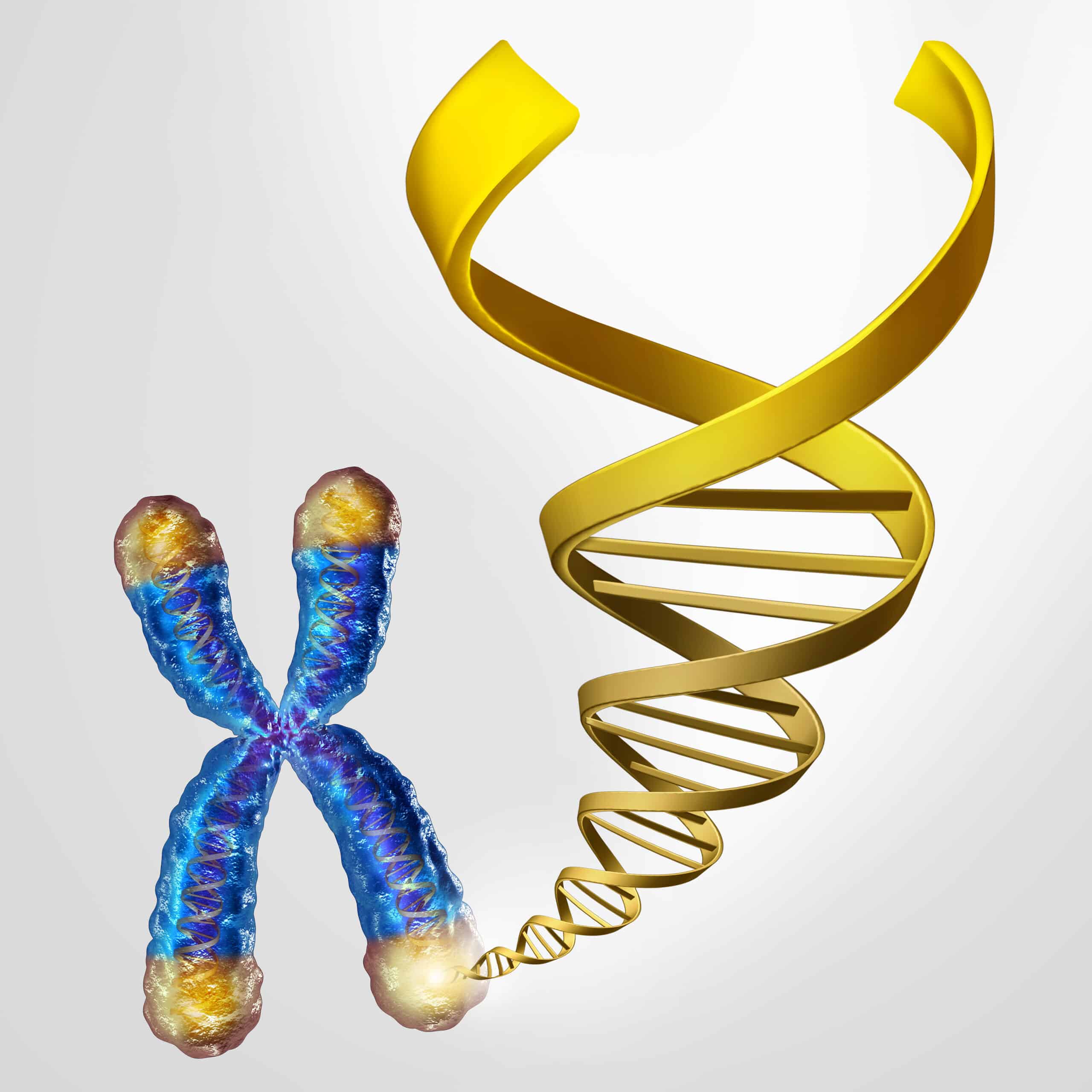Telomeres on chromosomes protect DNA from degrading, but every time a cell divides, the telomeres lose some of their length. Short telomeres are a sign of stress and cellular aging, and are also associated with a higher risk of neurological and psychiatric disorders. Currently, little is known about the links between telomere length and changes that occur in the brains of people with neurological conditions. Understanding those relationships could offer insights into the biological mechanisms that cause neurodegenerative disorders.
In the new study, researchers compared telomere length in white blood cells to results from brain MRIs and electronic health records from more than 31,000 participants in the UK Biobank, a large-scale biomedical database and research resource containing anonymized genetic, lifestyle and health information from half a million UK participants. The analysis revealed that patients with longer telomeres also tended to have better brain health. They had a larger volume of grey matter in their brains overall and a larger hippocampus, both of which shrink in patients with Alzheimer’s disease. Longer telomeres were also associated with a thicker cerebral cortex — the outer, folded layer of grey matter — which thins as Alzheimer’s disease progresses. The researchers speculate that longer telomeres might therefore help protect patients from developing dementia, though there was no association with stroke or Parkinson’s disease.
Overall, the findings show that shorter telomeres can be linked to multiple changes in the brain associated with dementia. To date, this is the largest and richest study of the relationships between telomere length and MRI markers in the brain. The associations suggest that accelerated aging in the brain, as indicated by telomere length, could represent a biological pathway that leads to neurodegenerative disease.
The authors add: “We found associations between telomere length, a marker of biological ageing, and multiple aspects of brain structure. This may explain why individuals with longer telomeres have a lower risk of dementia.”




